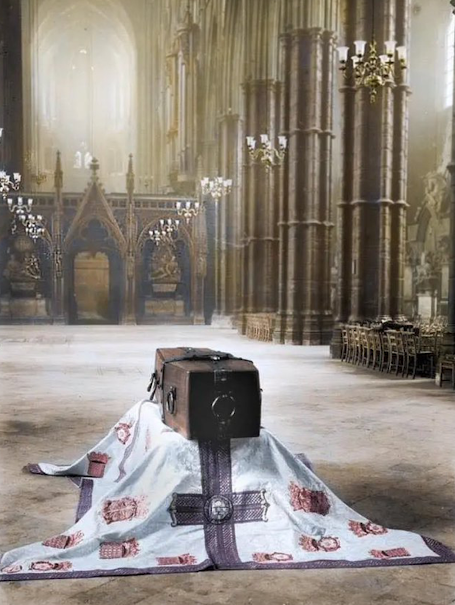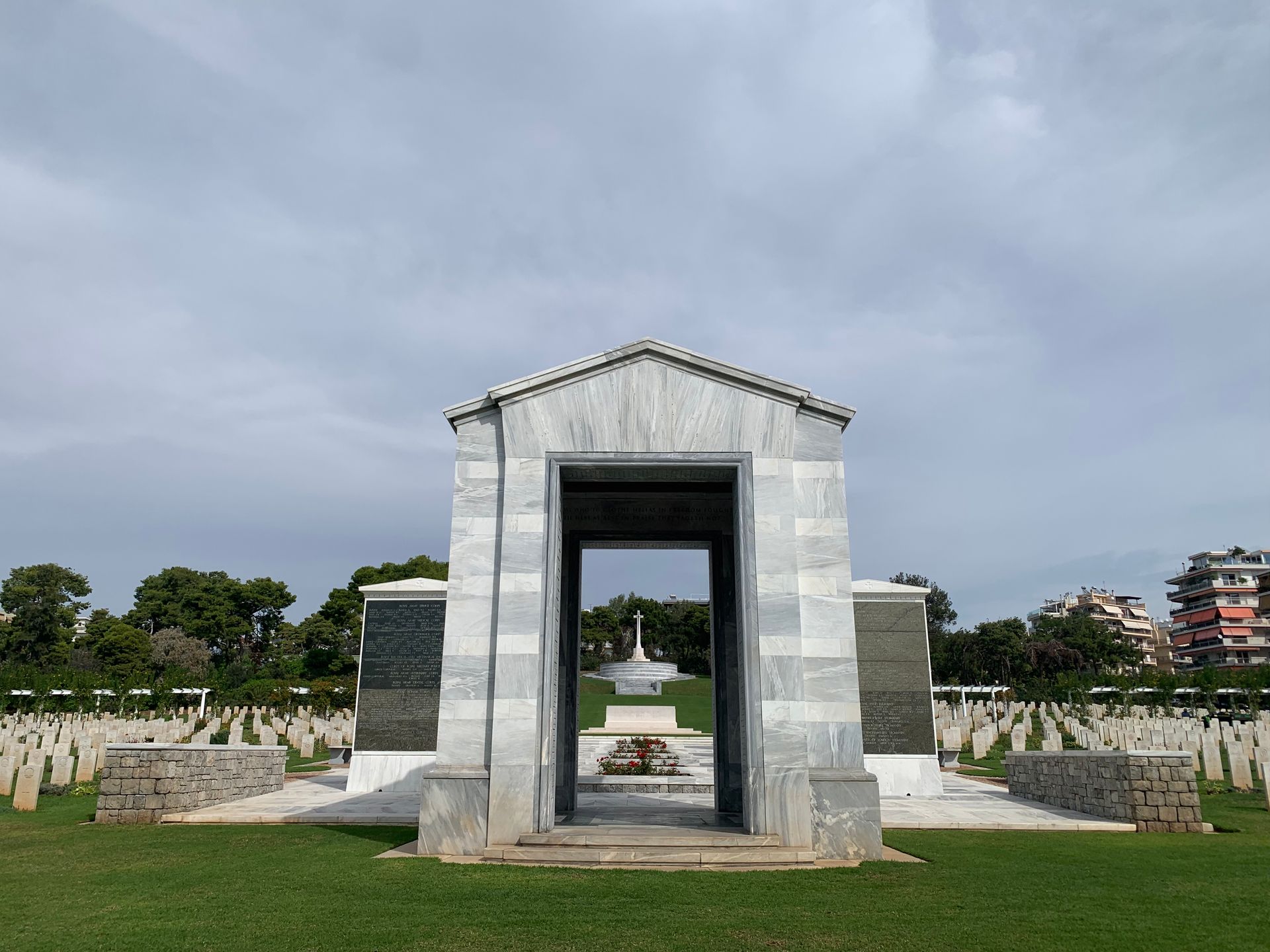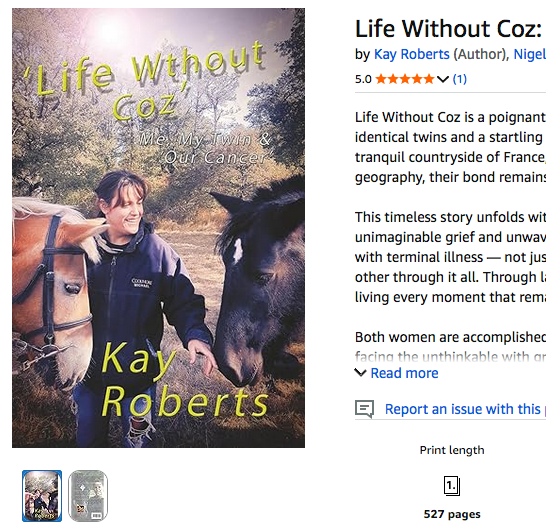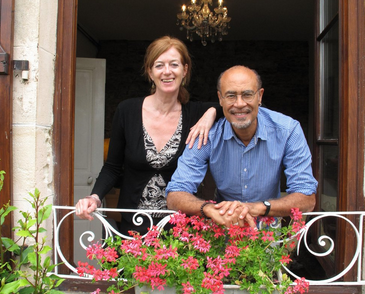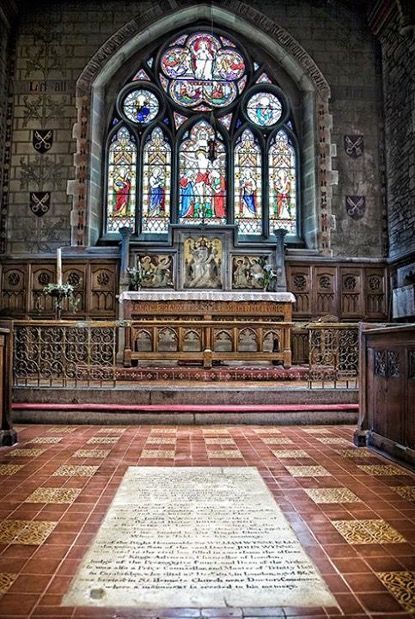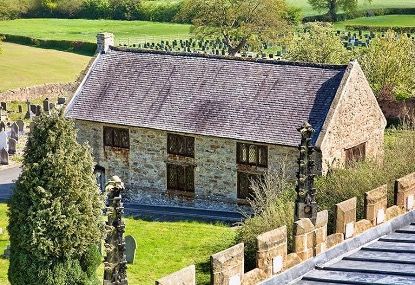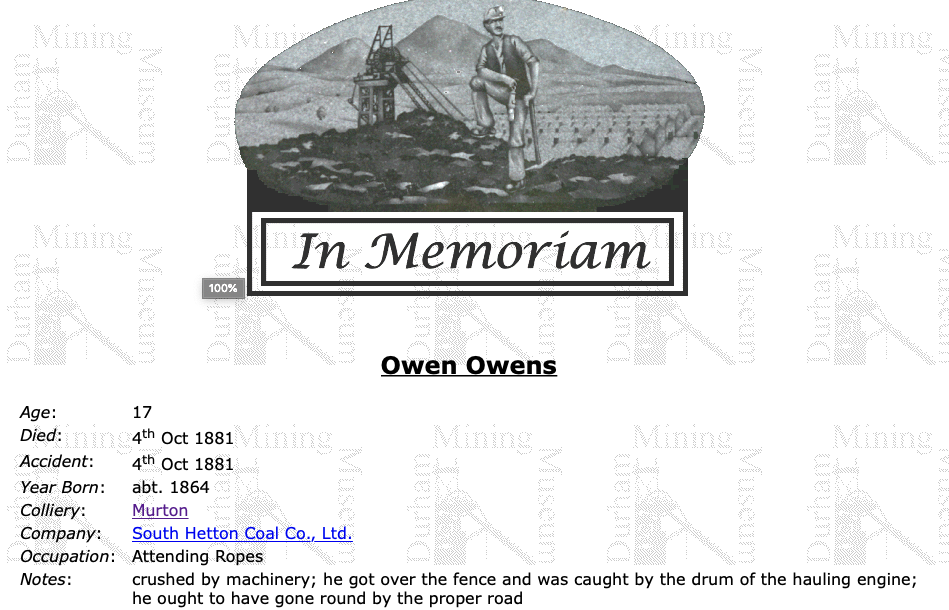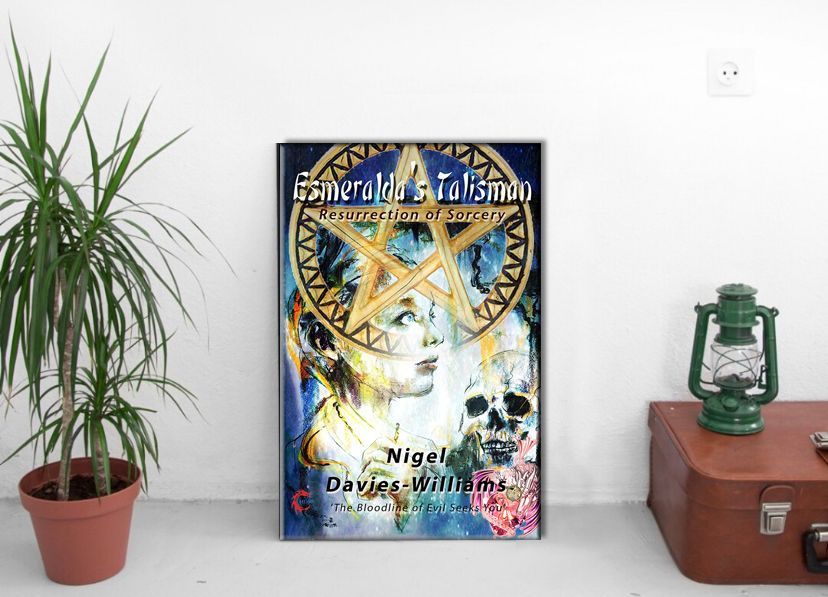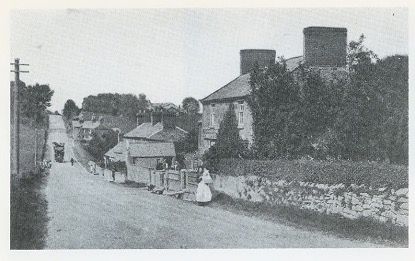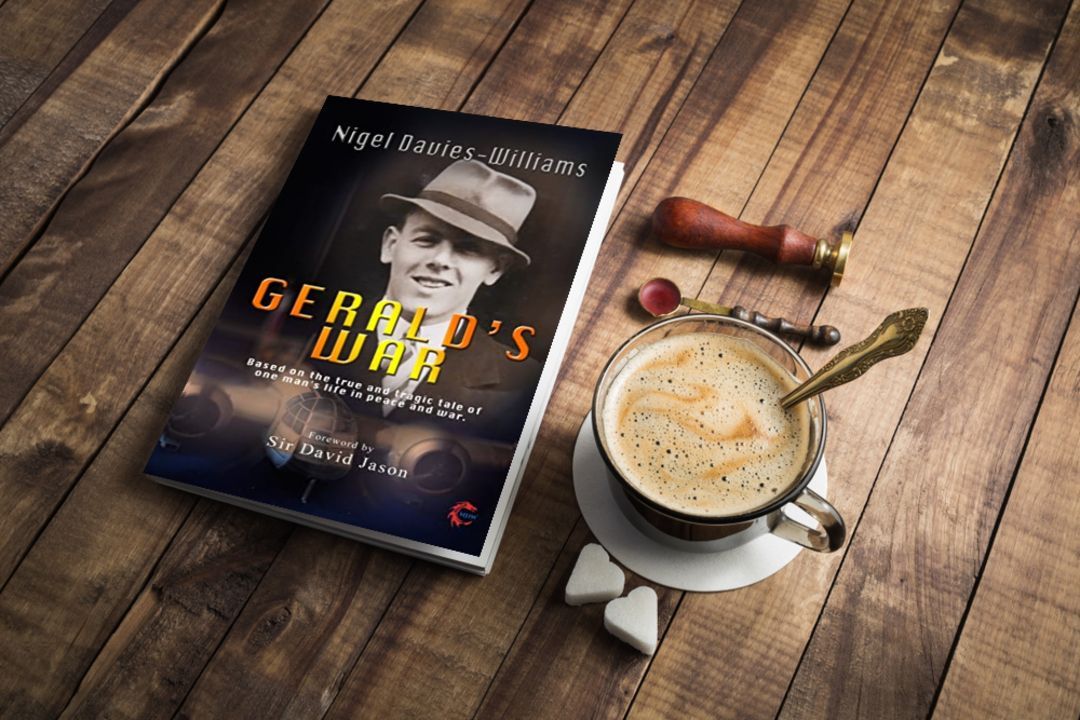It's the 105th anniversary of the armistice which ended the First World War. In my youth I spoke to many a man who'd gone through the horrors of the 1914 - 1918 war and like many of you out there, my family was not untouched by the tragedy of the war and other wars since which leave scars to this day.
Earlier this year, I paid a visit for the first time to Athens, to the grave of my mother’s brother Pilot Officer Gerald Davies who was killed in action on Easter Sunday 1941. His life was ended when his Blenheim Bomber was shot down, along with five planes carrying his comrades, on the border of Albania with Northern Greece. Gerald was defending Greece from a mass invasion of German troops, an invasion which, within a few short days, saw the complete capitulation of Greece to Nazi Germany. His tragic story is written in my book Gerald's War.
His death and the death of all killed in action in defence of our beautiful country, is represented by the Tomb of the Unknown Warrior at Westminster Abbey. So how did the Tomb of the Unknown arrior come to be?
On November 7th, 1920, with utmost secrecy, four unidentified British bodies were unearthed from temporary battlefield cemeteries at Ypres, Arras, the Asine, and the Somme, where my own Great Grandfather James Whitworth was invalided out from. The soldiers involved in the excavation were kept in the dark about the reasons behind it. Subsequently, the bodies were transported to General HQ at St-Pol-Sur-Ter Noise, accompanied by a field ambulance. Upon arrival, the bodies were respectfully adorned with the Union Jack, while sentries stood guard.
Brigadier-General Wyatt and Colonel Gell then randomly selected one body, while the remaining three were laid to rest again. A French Honour Guard was chosen and dutifully stood by the coffin throughout the night, honoring the selected soldier.
On the morning of the 8th November, a specially designed coffin made of oak from the grounds of Hampton Court arrived and the Unknown Warrior was placed inside. On top was placed a crusaders sword and a shield on which was inscribed:
"A British Warrior who fell in the GREAT WAR 1914-1918 for King and Country".
On 9th November, the Unknown Warrior was taken by horse-drawn carriage through Guards of Honour and the sound of tolling bells and bugle calls to the quayside. There, he was saluted by Marechal Foche and loaded onto HMS Vernon bound for Dover. The coffin stood on the deck covered in wreaths, surrounded by the French Honour Guard. Upon arrival at Dover, the Unknown Warrior was met with a nineteen gun salute - something that was normally only reserved for Field Marshals. A special train had been arranged and he was then conveyed to Victoria Station, London. He remained there overnight, and, on the morning of the 11th of November, he was finally taken to Westminster Abbey.
The concept of the unknown warrior originated from a clergyman named David Railton, who had firsthand experience on the front lines of the Great War. The Union Flag he had utilized as an altar cloth during his time at the front was the very same one draped over the coffin. Railton's intention was to provide solace to all the families of the 517,773 combatants whose bodies remained unidentified, allowing them to believe that the Unknown Warrior could potentially be their beloved husband, father, brother, or son.
This is precisely why we wear poppies.
It is not a means to glorify war, but rather a way to humbly remember the tremendous and ultimate sacrifices that have been made, not only in this war but in every conflict where our brave service personnel have fought. These sacrifices have ensured the liberty and freedoms that we now often take for granted.
At the going down of the sun, and in the morning, we will remember them.
#remembrance #geraldswar #unknownwarrior

